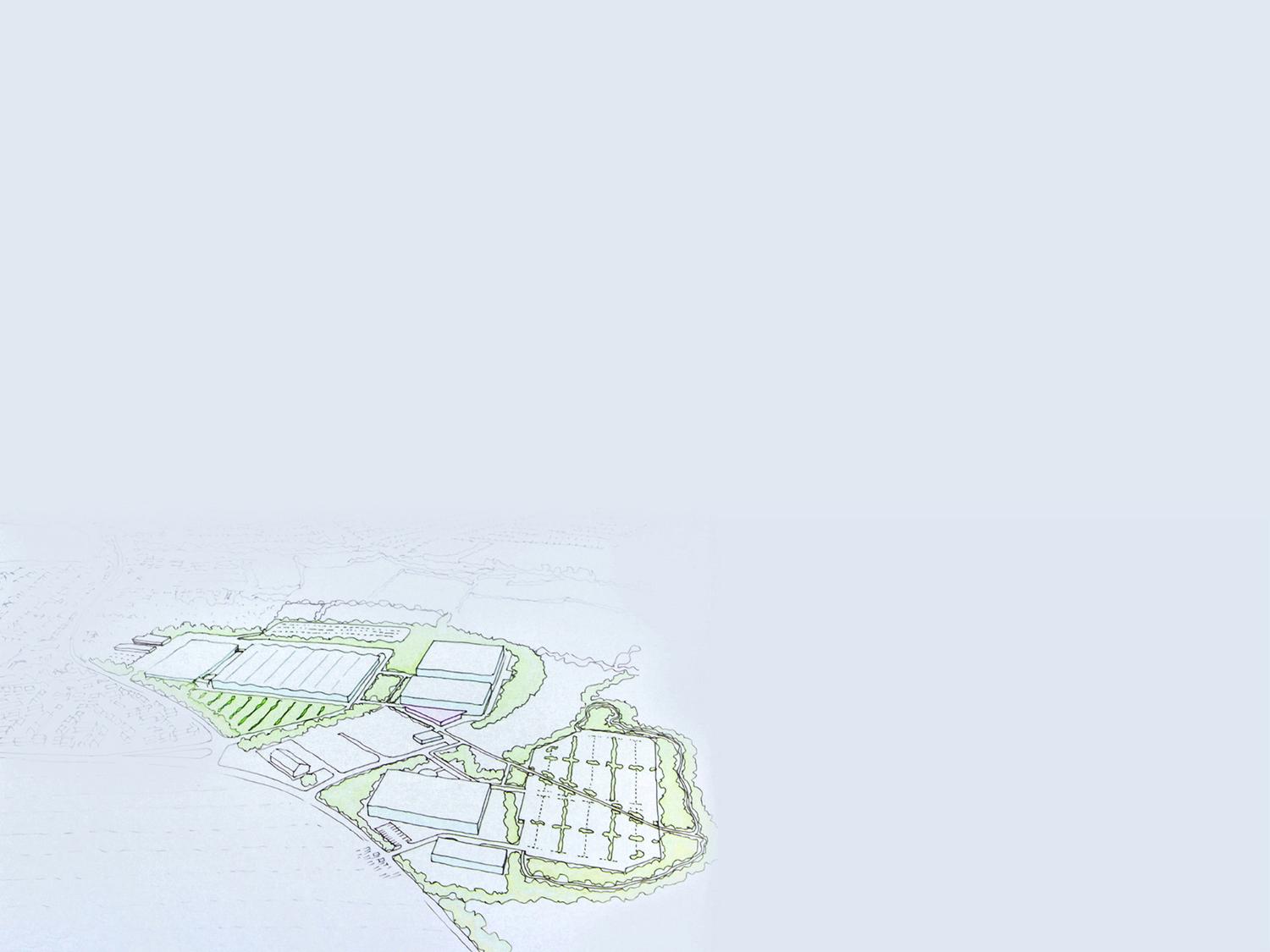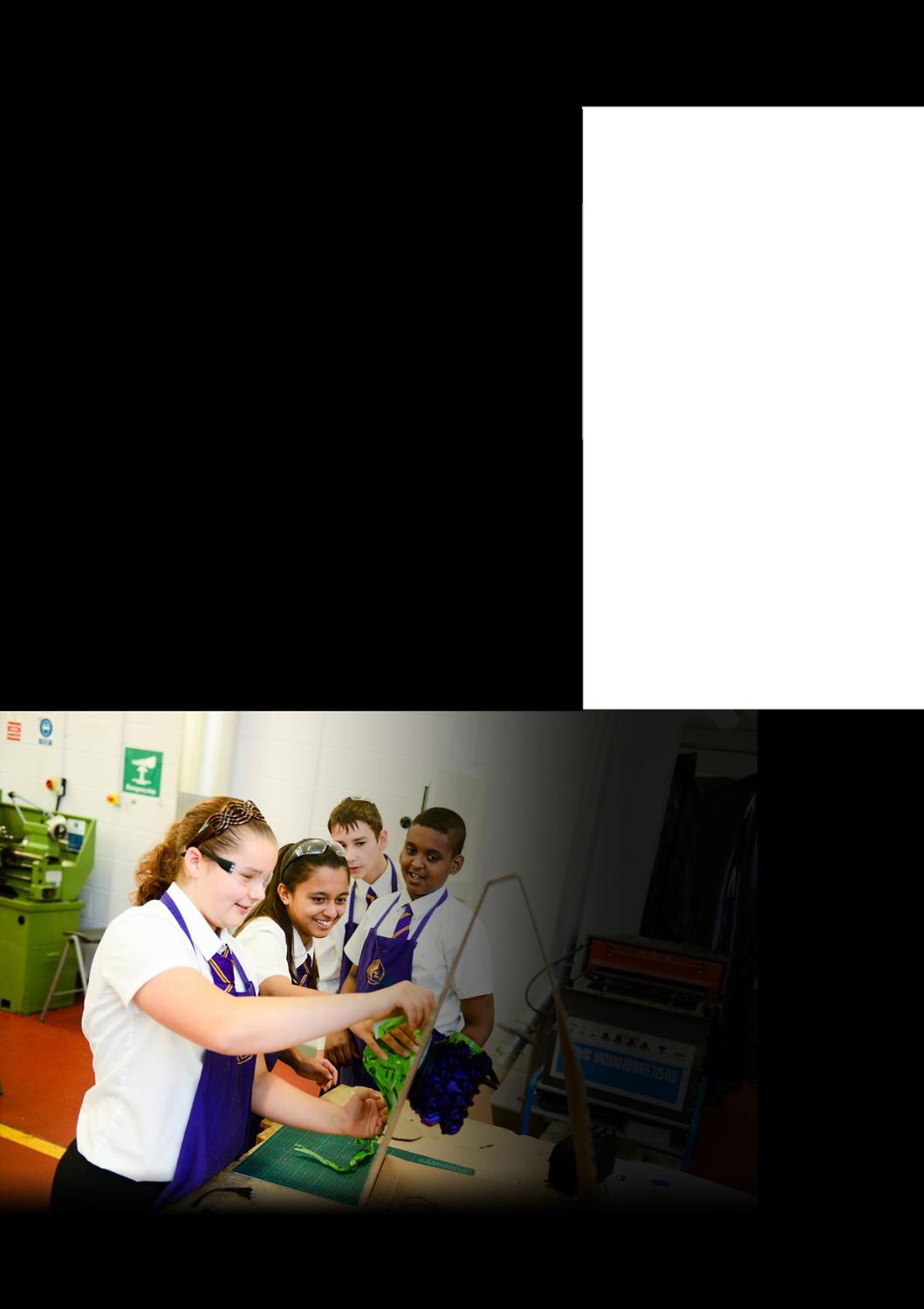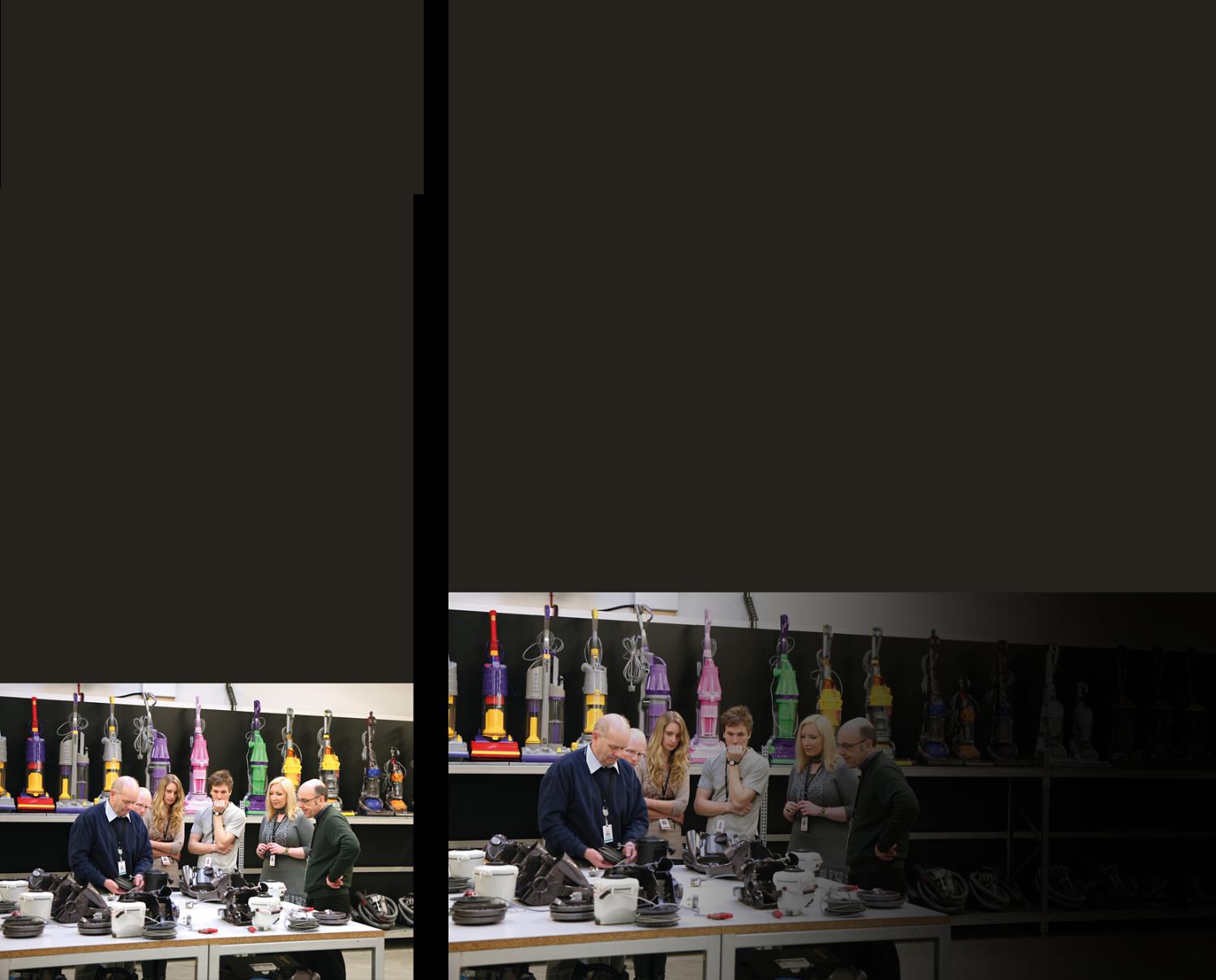
Our DNA
Efficiency: it’s in our DNA.
It was the motivation behind James Dyson’s first bagless vacuum cleaner. And as we grow, it drives us. Not just in our inventions. But in our buildings, our people and the communities we’re part of.










Efficiency: it’s in our DNA.
It was the motivation behind James Dyson’s first bagless vacuum cleaner. And as we grow, it drives us. Not just in our inventions. But in our buildings, our people and the communities we’re part of.








